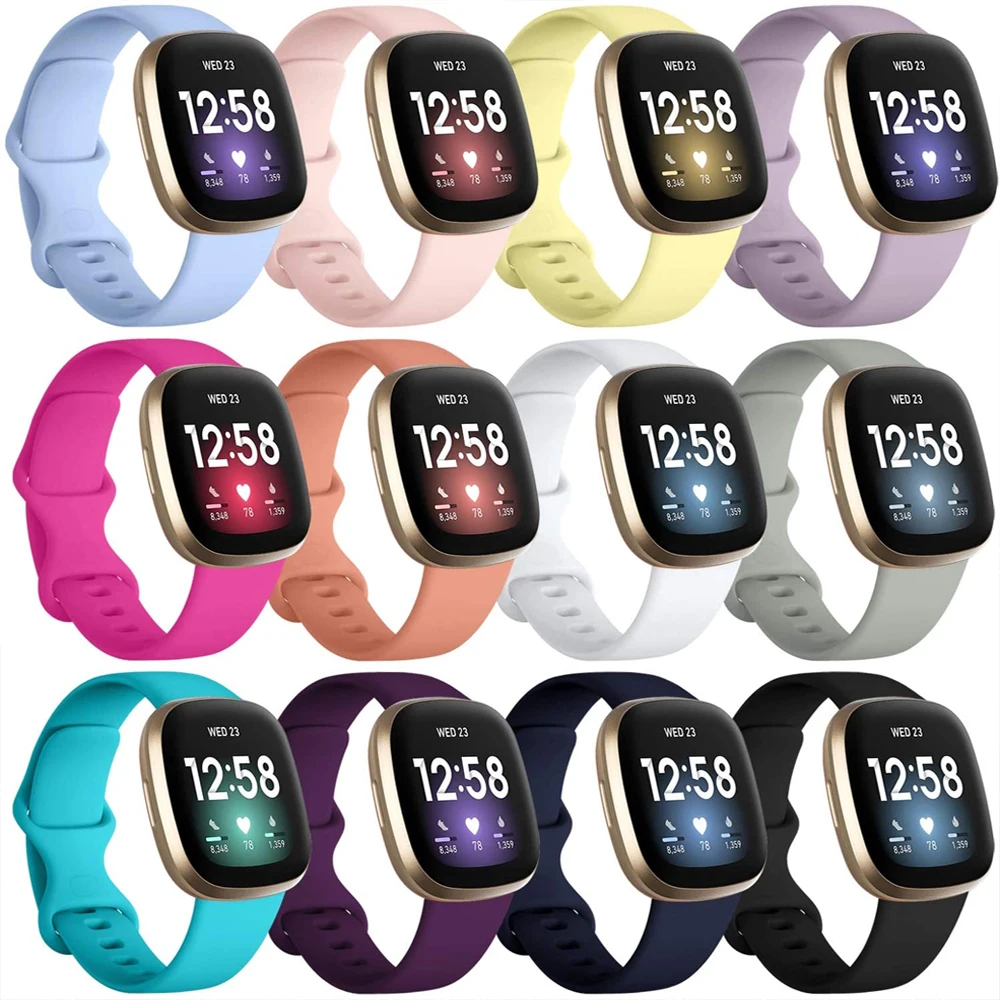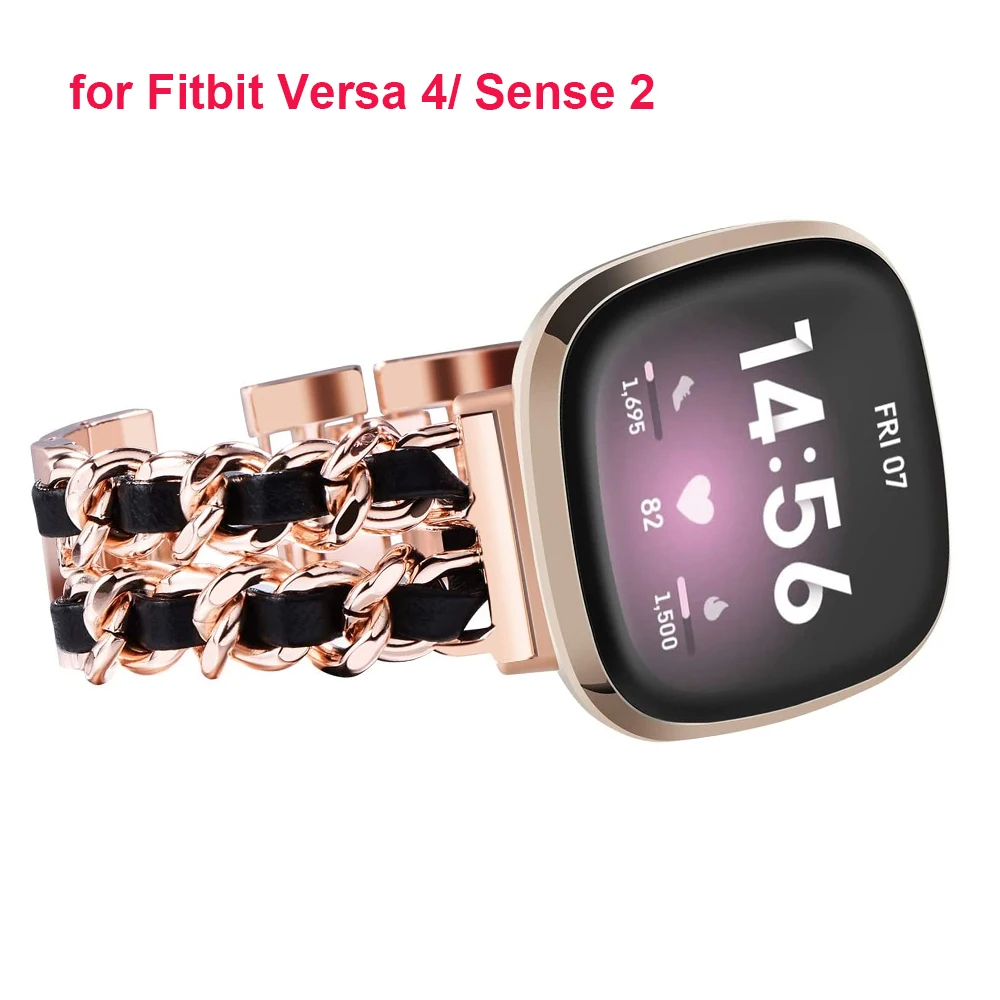How Effective is the Afterburn Effect in Weightlifting?
The afterburn effect, also known as excess post-exercise oxygen consumption (EPOC), is the increased amount of oxygen your body consumes after a workout. This is due to the body's efforts to restore itself to pre-exercise levels. While the afterburn effect can contribute to calorie burn, its effectiveness in weightlifting is debated.
Factors Affecting the Afterburn Effect:
- Workout Intensity: The harder you workout, the greater the EPOC.
- Exercise Type: Compound exercises (e.g., squats, deadlifts) have a higher EPOC than isolation exercises (e.g., bicep curls).
- Duration and Frequency: Longer, more frequent workouts lead to a higher EPOC.
- Body Composition: Muscle mass can increase EPOC.
Benefits and Limitations:
- Increased Calorie Burn: The afterburn effect can contribute to calorie burn for several hours after a workout.
- Limited Contribution: However, the afterburn effect is not a significant calorie burner compared to the calories burned during the workout itself.
- Diminishing Returns: The afterburn effect decreases as you become more fit.
Conclusion:
While the afterburn effect can contribute to calorie burn after weightlifting, it is not a substitute for consistent calorie deficits and regular exercise. For optimal weight loss, focus on creating a calorie deficit and engaging in regular physical activity.
Related Questions:
- Can the afterburn effect help me lose weight?
- Which type of exercise has the highest afterburn effect?
- How long does the afterburn effect last?
- What can I do to increase the afterburn effect?
- Is the afterburn effect worth pursuing?
Related Hot Selling Products:
- TRX Suspension Trainer
- Rogue Echo Bike
- Bowflex Xtreme 2 SE Home Gym
- Schwinn IC8 Indoor Cycle
- Fitbit Versa 3 Smartwatch
Pre:Does lifting weights burn as many calories as running does
Next:What is the best iphone app for tracking weightlifting i e tracking sets reps personal bests etc


















